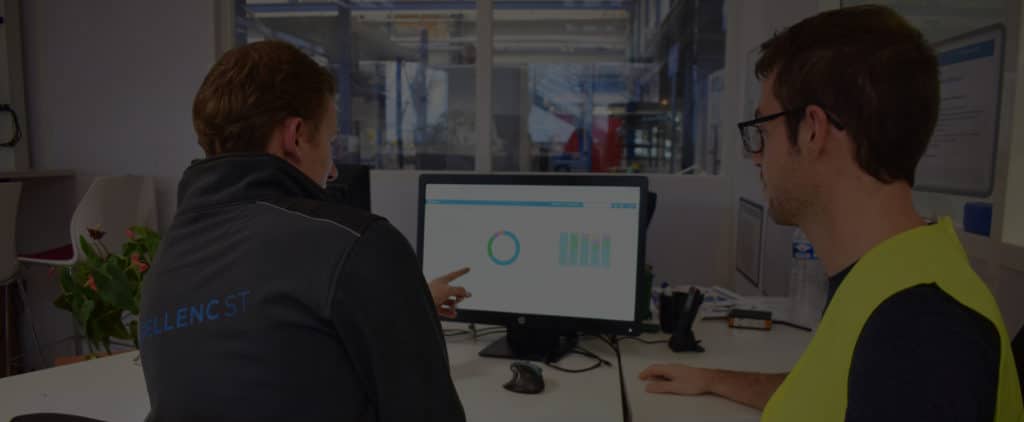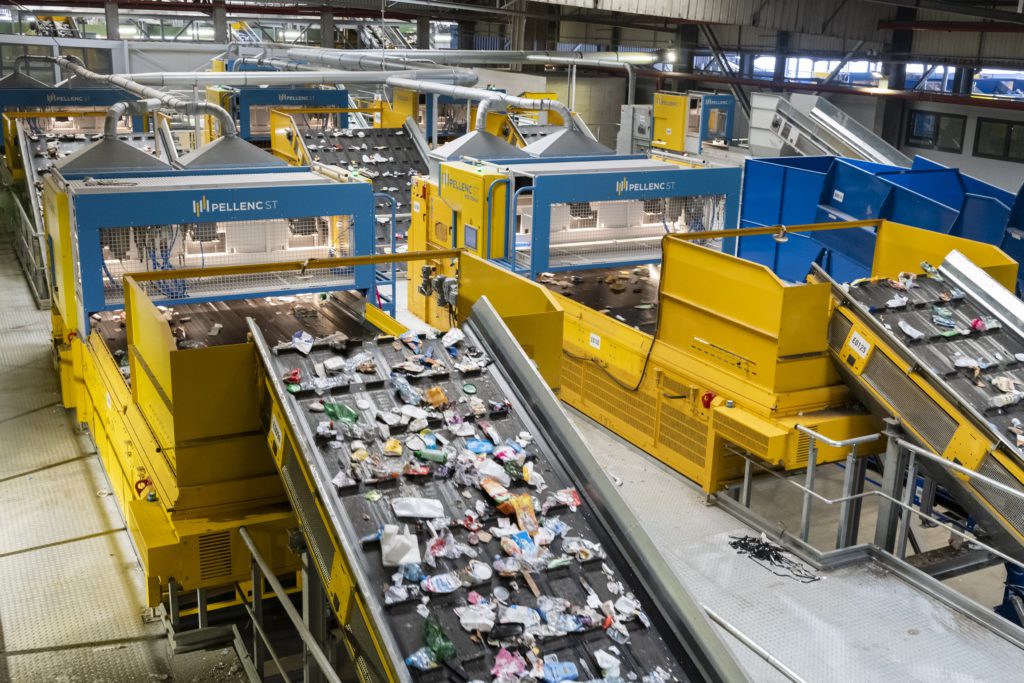

Laetitia Paveau - Pellenc ST
Customer Performance Digitalization Manager
It is very likely that your recyclable household waste passes through one of Pellenc ST’s first-rate machines. This French company, has been deploying services for two decades and has been using the InUse solution since 2018 to offer new functionalities to its customers.
Laetitia Paveau, Customer Performance Digitalization Manager at Pellenc ST provides the following insight on customer service transformation in the digital factory era.
Our waste sorting machines, as well as the peripheral equipment associated with them like the conveyors, caissons and so on have always generated a lot of data. These specifics are usually managed by a PLC and directly made available on equipment screens. The data includes the current state of the machines, the maintenance information as well as short-term statistics. In the end, no less than several dozen types of data are emitted, and some with activity timed at intervals of a second.
“The service is simpler and more ergonomic and supports our customers more efficiently allowing for discussions that are factual”
Up until now, in a rather simple way. It used to be necessary, for example, to go on site for screen access to read the information. Another way of reading the particulars was the use of an Excel table to work on the data transmitted remotely by the PLCs. In 2018, we started to collaborate with InUse solution into. It is the best performance tool for our customers who can in a few clicks view and share dynamic dashboards related to the availability of their equipment, the quality of the sorting, security, maintenance, and other important data.
It definitely is. And also this continuous evolution is allowing us to offer new services that focus on equipment performance and the quality of sorting to our customers. The service is simpler and more ergonomic and supports our customers more efficiently allowing for discussions that are healthier, factual, and balanced, since these are based on data that is by nature impartial.
“We can observe an increase in the availability of equipment between 10% and 20%. That’s so much more recycled material.”
The number one need is undoubtedly the availability rate of the machines. And this is because all that is needed to stop the entire line is one random piece of equipment on standstill. One of our customers, who owns 22 of our machines on one site, regularly encountered jams that could lead to breakage. The data analysis helped us to identify the root cause and to fix it. Another use case is to be even better able to understand how our customers are using our equipment, which opens up ways for us to improve performance, while making further progress on operator safety. For example, warning systems allow to identify infringements in the procedures, or modifications on the security systems like shunt, blocking etc.
Sure and on a case by case basis. Clearly, a large part of the gains is due to efficient problem solving. For example, if four pieces of equipment are down in a month and if the root cause is not understood, 40 hours of production is lost. And the biggest issue is really that it is uncertain when or if it will happen again (actual case). Understanding the root cause of the case is obviously the key to productivity. Therefore if an average is calculated, we can observe an increase in the availability of equipment between 10% and 20%. That’s so much more recycled material.

Related News
